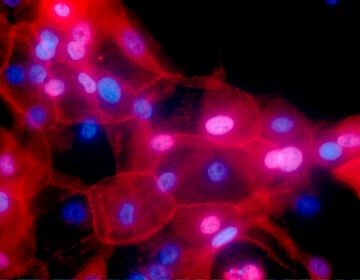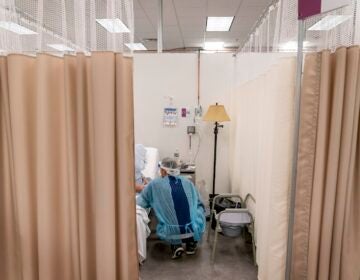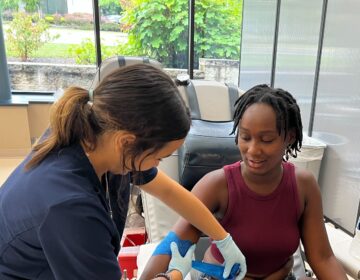11 tips to avoid toenail fungus: Easy to catch, hard to kill
Listen-
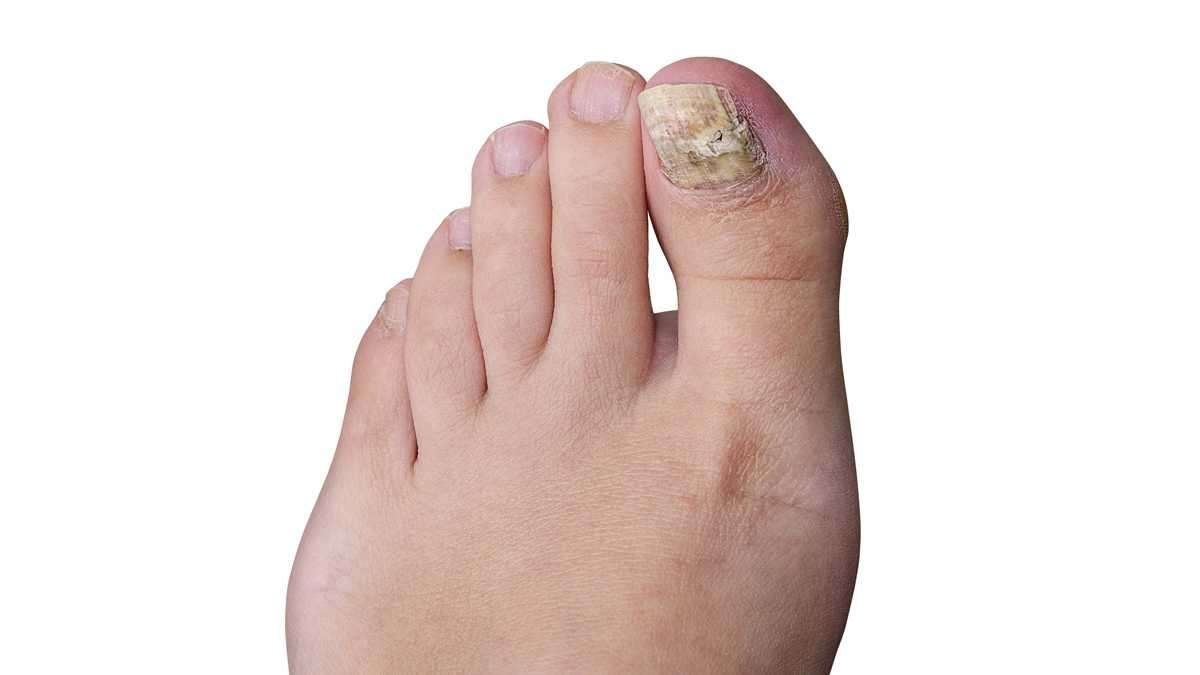
If toenail fungus gets into the nail bed, the fungus eats and digests the keratin in the nail, and that causes discoloration and thickening of the nail. (Shutterstock photo)
-
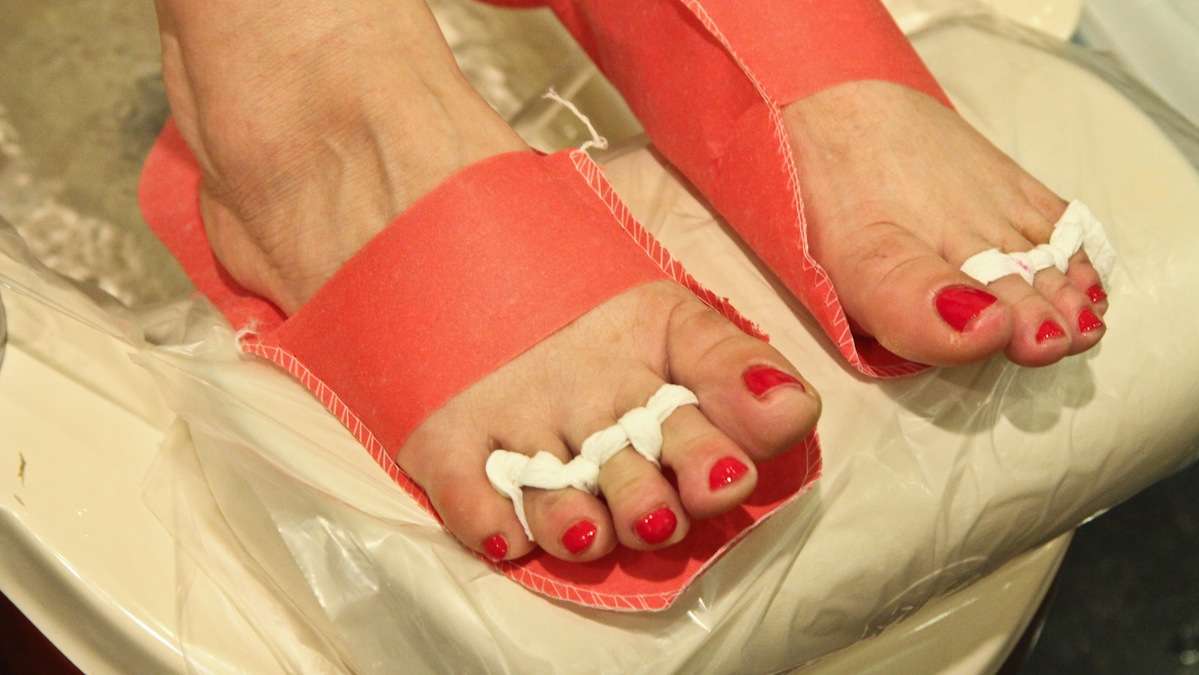
Allure Nail Salon in Center City lines their pedicure tubs with plastic to keep clean. (Kimberly Paynter/WHYY)
-
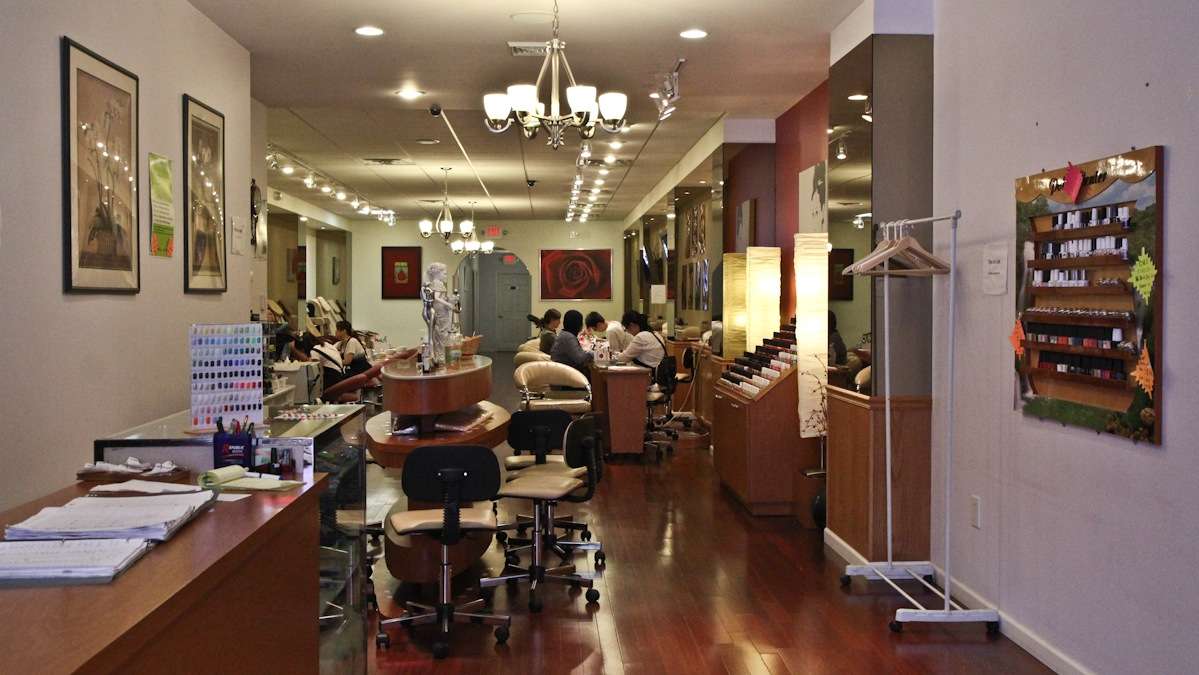
Allure Nail Salon in Center City is known for its cleanliness. (Kimberly Paynter/WHYY)
-
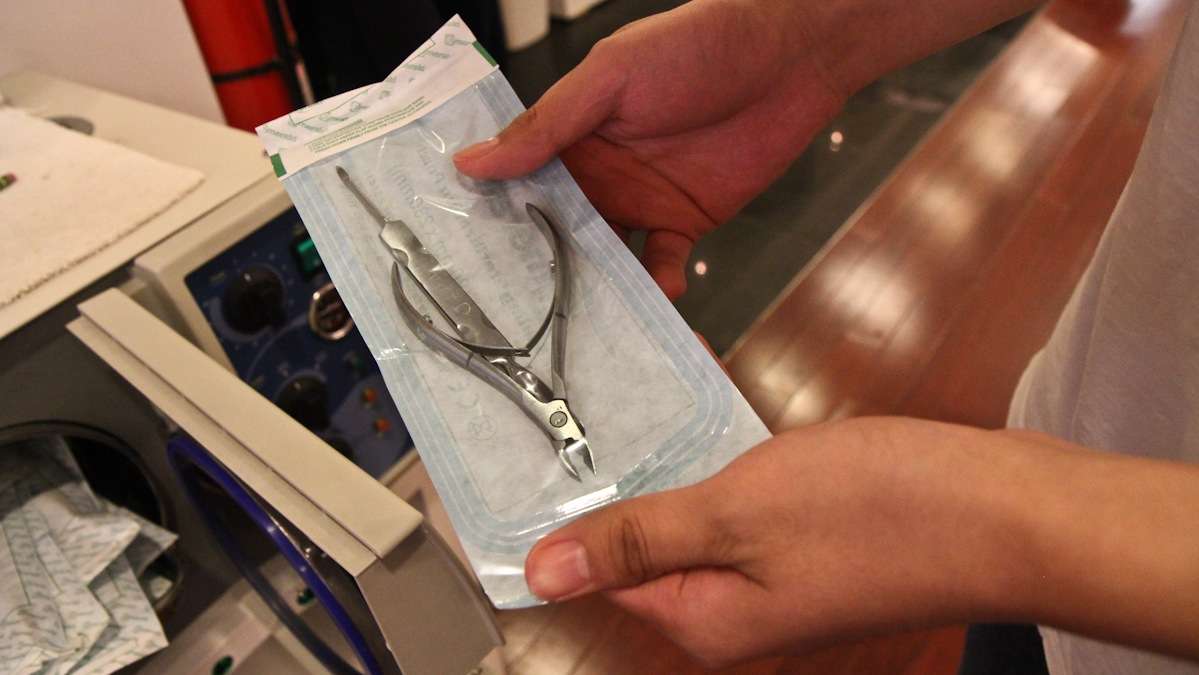
Allure Nail Salon in Center City cleans their instruments with disinfectant before placing them into a UV sterilizing machine. (Kimberly Paynter/WHYY)
-
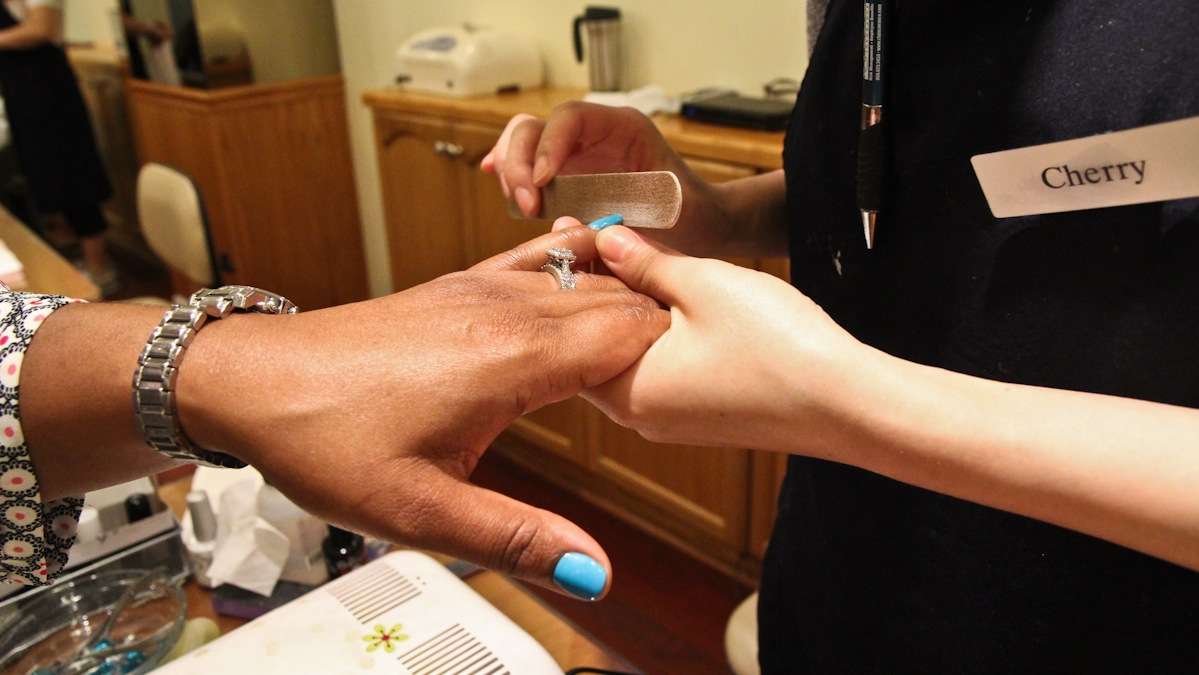
Every customer at Allure Nail Salon in Center City gets to take their file and buffer home. (Kimberly Paynter/WHYY)
-
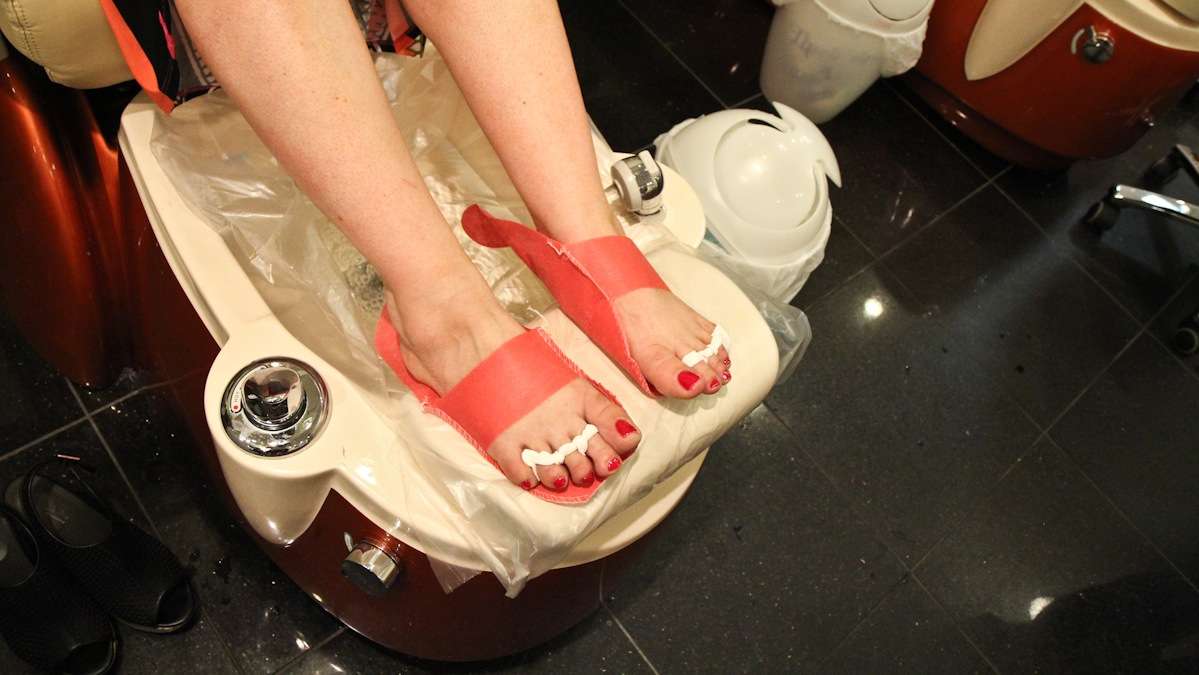
Allure Nail Salon in Center City lines their pedicure tubs with plastic to keep clean. (Kimberly Paynter/WHYY)
It’s sandal weather, the pool and beach beckon — and that means naked, exposed toes. That thought fills millions of Americans with dread, because they are host to an organism that’s ruining the appearance of their nails.
“They are keratin-loving species,” explained Temple University podiatrist Tracey Vlahovic. Her sub-specialty within that field is dermatology, so, pretty much anything that makes the rest of us go yuck. “I don’t think it’s ‘yuck.’ I think it’s fantastic. I love treating fungus and warts,” said Vlahovic with a chuckle.
A closer look at the troublesome fungus
Toenail fungus is one of the main reasons people come to her office, and Vlahovic has studied the condition for years. Viewed through a microscope, her enemy appears rather meek. It looks like thin straws with little compartments in it — but it’s part of an aggressive fungus family. “The fungus that affects the foot in general, they are called dermatophytes. They love hair, nails and skin, so actually the same organisms that cause athlete’s foot can cause nail fungus.”
If it gets into the nail bed, the fungus eats and digests the keratin in the nail, and that causes discoloration and thickening of the nail. It’s a cosmetic condition that can become painful, but even if it’s not, Vlahovic argues that it is an infection that should be treated.
Sizing up risk factors
People who have chronic athlete’s foot are at risk for developing toenail fungus, and there seems to be a genetic predisposition. Sometimes the fungus gets into the nail bed after the nail was cracked or cut too short. The fungus also lurks in shared showers, around pools — and a lot of Vlahovic’s patients tell her their troubles started after getting a pedicure.
The very place where people go to beautify their feet and toenails is often responsible for spreading disease, says Tennessee podiatrist Dr. Robert Spalding. He has written a book called “Death by Pedicure” and has been on a decade-long crusade to make nail salons safer.
“They use contaminated instruments, in some cases, or they don’t take the time to properly disinfect and follow their state protocols,” Spalding said. Nail fungus and other microorganisms are really tough to kill, and Spalding says the only sure-fire way to sterilize the instruments is to use something called an autoclave.
“An autoclave is basically a pressure cooker,” he said. “It’s steam under pressure, for a certain amount of time. It’s how instruments are cleaned for surgery.”
The foot-soaking tubs are another cesspool of infection that Spalding says some salons are eliminating. “Now they are going to tubs that have liners. They don’t use the jets as much. And they are coming up with something called a dry pedicure, where they just take hot towels and soak the feet,” Spalding said.
Spalding estimates that 75 percent of salons do not disinfect their instruments and tubs properly and according to state regulations. He has developed training seminars for nail-care techs, and he offers both an app and a website where consumers can check out if their salon is safe.
[11 more tips below: How to avoid nail fungus]
The ‘secret society’ of sufferers
Even though it’s so easy to catch, toenail fungus embarrasses people. It’s a hush-hush topic — and only a fraction of the estimated 55 million Americans who have the condition seek treatment in a doctor’s office.
“I’m part of this secret society of tonail fungus sufferers. We can, like, band together and have meetings or something,” said Liz, a Philadelphia mom in her thirties. She doesn’t want to use her full name for this interview. “It looks terrible if you don’t maintain it, and I mean — toenail fungus? That is the grossest thing!”
It started about 10 years ago when Liz cracked her big toe nail. After that, the nail started to look funny and became discolored. Then it spread to three more toes on that foot. When Liz realized she had nail fungus, she was faced with another unpleasant fact: It’s really hard to treat.
“The toenails have the smallest blood vessels,” explained podiatrist Tracey Vlahovic. “They are the furthest away from the heart. It’s going to take anywhere from six months to a year, to even two years for some people, for the nail to grow from cuticle to the tip of the nail.”
Few vetted treatment options
For years, it’s been slim pickings in terms of pharmaceuticals. There is a topical called Penlac that seems to work sometimes for very mild cases. Laser treatments sometimes make the nails look a bit better — but have not been proven to kill the fungus. Then there are pills that people have to take for several months. The oral medications such as Lamisil or Nizoral are effective, but many people are afraid of them because of potential side effects, including a negative impact on kidney and liver function. Vlahovic admits the search for a cure has been a bit sluggish.
“It’s not something that people are jumping at doing research on, because you don’t have the instant gratification as you would if you would do a clinical trial for athletes foot that only lasts for six weeks,” Vlahovic said. Toenail treatment trials have to last for at least a year — and that makes them costly.
An abundance of pseudoscience
A tough problem that embarrasses people makes for a fertile breeding ground for pseudoscience and old wives tales — which Liz found when researching online.
“Hydrogen peroxide, bleach. I mostly use tea tree oil and lavender,” she said.
The abundance of “miracle cures” touted online makes Tracey Vlahovic’s life difficult at times.
“Oh, don’t get me started. If I had a dollar for everything I had heard, I’d be a millionaire at this point,” she said. From benign treatments such as essential oil, vinegars and mouthwash to the noxious bleach option, Vlahovic has seen it all. “It’s not just about applying something to the nail, it has to be something that will get through the nail plate and into the nail bed where the infection is. So, it doesn’t matter what you use, it has to be able to penetrate.”
More bad options
In addition to the questionable treatment options in your kitchen and bathroom cabinets, a slew of over-the-counter products promises a cure.
Vlahovic recently checked out the offerings in the foot-care aisle of a drug store near her office and examined about 10 products featuring terrifying before-and-after pictures of diseased nails. Vlahovic picked up a product that claims to attack the fungus with grape-seed extract.
“Basically it’s water, xanthan gum and fragrance, so I’m not sure how effective it could be. And it costs $23.99,” Vlahovic said.
She turned her attention to a bottle of ProClear. “The active ingredient is tolnaftate. It’s basically an antifungal for athlete’s foot,” she explained. “It says nothing on the back about toenail. It basically it says it works on the skin around and under nails, but not on the nail. It’s too large of a molecule to penetrate the nail, so again this is garbage.”
“Garbage” is the verdict for the rest of the products that claim to cure nail fungus, and all cost well over $10 for a small bottle.
Some official-looking “research” websites claim to test and rate alternative toenail fungus treatments for their effectiveness, but they turn out to be run by the producer of the highest-rated product.
Is there any hope?
So — is this story just a total bummer for toenail-fungus sufferers like poor Liz?
“I’m just so over it,” she said with a deep sigh, admitting that she has “toenail envy” when she sees people who have pretty, freshly pedicured feet.
No, says Tracey Vlahovic. In fact, the FDA has just approved a new topical treatment for fungus, the brand name is Jublia. Canadian drugmaker Valeant Pharmaceuticals expects sales of $800 million in the U.S. And another product will come out shortly.
“It’s a class of antifungals we’re all familiar with,” Vlahovic said. “The data there is very nice, it’s beautiful, and I think that patients will really like the further topical options that are coming out.”
The new topicals have higher cure rates than topical options currently on the market — and they can be used under nail polish, something that’s very important to many women who have nail fungus.
Vlahovic says there is currently a lot of movement in this field, which has been stagnant for a while — but even with better treatments, patients have to accept one bitter truth: There is no quick fix for this.
“Nothing is going to work within a week. Nothing is going to work within a month, you must give things time,” Vlahovic said.
So, if any person or product promises you to cure this thing quickly — just don’t buy it.
Tips from Dr. Vlahovic: How to avoid nail fungus
Treat athlete’s foot quickly.
Wear shower shoes when using shared bathrooms.
If you have been affected by foot fungus or nail fungus, consider buying a shoe sterilizer.
If you are concerned about nail fungus, seek treatment right away. The more the fungus spreads, the harder it becomes to treat.
Tips from Dr. Spalding: How to pick a safe nail salon
Watch nail techs treat a customer before you get a pedicure and take a close look at their practices.
Nail techs should be wearing gloves and surgical masks.
Nail techs should not be cutting calluses.
Call the salon before scheduling a pedicure and ask them about sterilization.
Ask the salon if they use an autoclave to sterilize instruments.
If the salon does not use an autoclave, ask if you can purchase your own instruments for them to use.
Safe pedicures might cost more because the techs are better trained, and sterilization equipment is expensive — but it’s worth it!
WHYY is your source for fact-based, in-depth journalism and information. As a nonprofit organization, we rely on financial support from readers like you. Please give today.





